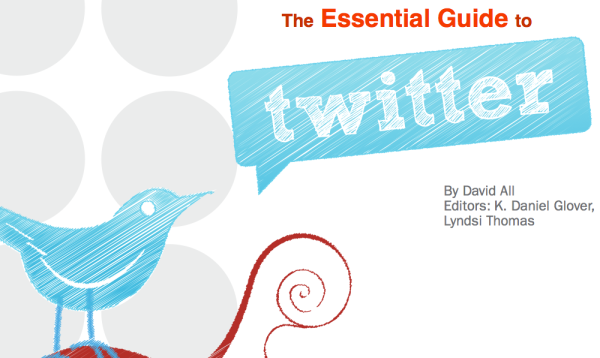Originally published at GoMarcellusShale
By K. Daniel Glover
Douglas Berkley Jr. was laboring in relative online marketing obscurity for a Pittsburgh newspaper when he discovered his passion for the shale business. Now he works for a company that is part of the shale space, and he runs a budding network of social media sites about it.
“I love everything about the industry,” Berkley told GoMarcellusShale. “I feel like I’m doing the country, the world, this area a service.”
Berkley is the marketing director at Somerset Regional Water Resources, a company that offers water and well-site support services and owes its existence to the Marcellus Shale. He has been at SRWR for two years, having transitioned into the shale business two years before that.
Berkley’s interest in the industry started as he read article after article about the shale boom while working at the Pittsburgh Tribune-Review. “You could see that there was something big coming,” he said, so Berkley pursued and landed a job at a shale-related startup.
He also has personal connections to shale: Although no drilling is occurring there, Berkley’s family owns land near the Marcellus region, and his hometown of Somerset, Pa., has benefited from that shale play.
The biggest benefit is jobs that pay enough to support families. This includes jobs for truck drivers, in front offices and in business development, which is one of Berkley’s responsibilities at SWSR.
(more…)

